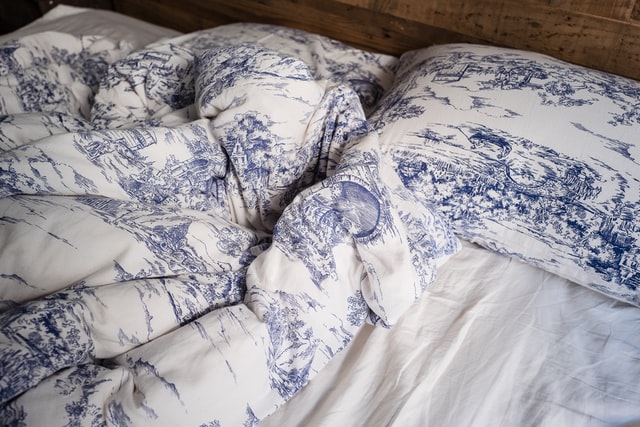The common defects of dyed cloth in the dyeing process are dyeing color difference, color stripe, color flower, color light reproducibility, pleats, alkali spots, track marks and so on.
How to deal with this defect in dyed cloth at the technical level? The supplier will explain it to you in detail
Printed fabric manufacturer shows processing method
How to prevent and deal with this defect in production, improve the product quality and dyeing success rate of dyed cloth, and realize energy saving?
Therefore, the printed fabric manufacturer combines many years of experience to talk with you about the treatment methods of defects encountered in printing and dyeing production.
Common defect question 1: how to improve the success rate of color test of dyed cloth?
Printed fabric manufacturer says for the regular production of solid color, the pretreatment process should be stabilized to make the wool effect, white and pH value of semi-finished products consistent.
Moreover, before each dyeing, the inspection room shall be unqualified, and the dyeing materials of other batches shall be compared with samples.
If there are no problems, the test success rate will be very high, and even normal production can not be tested,
If new colors are produced, the laboratory will compare the samples after making samples for confirmation and before dyeing.
If the proofing prescriptions of the two people are consistent, the prescriptions will be close, and the success rate of one-time color test will be high.
The origin and strength of the dyeing materials used shall be determined, and the origin of the dyeing materials cannot be changed frequently.
Due to the differences in dye quality, color stability, additives and production process among manufacturers, the use of dyes from different manufacturers will increase the prescription gap and affect the success rate of test color.

Common defect question 2: how to deal with the wrinkles of dyed cloth?
Expert tips: wrinkles are mostly seen in high-density multi-faceted fabrics and pure cotton thin fabrics.
The water hardness is high in production. It is easy to form scale when steaming and stick it on the coating roller.
After long-term production, ditch marks will be formed when using water, which makes the coating roller uneven and makes the fabric prone to wrinkles.
When workers find wrinkles in production, they should wipe the car in time, and when they find wrinkles in semi-finished products during dyeing, they should repair them with reasonable technology.
The factory introduces the wrinkle recovery treatment method:
If the messy cloth is uneven temporary wrinkles or mercerized dry wrinkles, in the case of light, the direct dyeing does not consider the impact on the dyeing.
If it is heavy, the dyeing production can be carried out as long as the predetermined type.
If the fabric has obvious wrinkles, it will not form fabric damage dyeing, and the backing is black wrinkles. If wrinkles form fabric damage, the backing is white wrinkles.
For this kind of wrinkles, technicians can use high-temperature ultra wide stretching and mercerized yarn to repair.
The dead wrinkles of the cloth after bleaching are serious, and the wrinkles of the cloth have formed Aurora lines, which are difficult to deal with.
The light sanding process can only be carried out after the cloth is widened at high temperature and over amplitude, so as to flatten the wrinkles into Aurora printing, and then boil, expand and repair the damaged fabric fibers, and flatten the wrinkles through high concentration alkali silk treatment.


